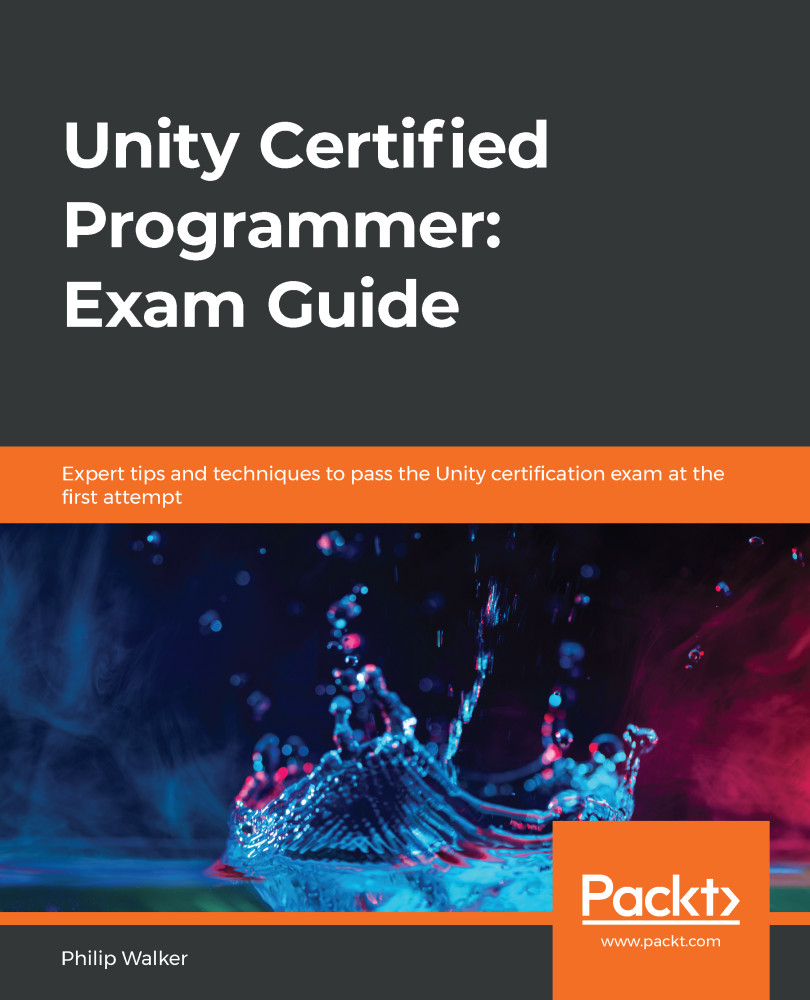In this chapter, we are going to cover two main functionalities that Unity offers developers in issuing AI to our game objects and for animation that supports logic.
Unity has a ready-made system for our game objects to issue a path-finding algorithm where a game object can be given an area to patrol. This can be very handy in a series of games that use enemy soldiers to walk up and down a corridor looking for the player. A soldier could react depending on the behavior given to them.
The other functionality we will be covering is the Timeline component, which is used for animation in scenarios such as cutscenes in games/films. You may be thinking that we already covered an animation system back in Chapter 4, Applying Art, Animation, and Particles. Yes, you are right, but for a more complex animation that holds multiple game objects and animations, the transitions and states could...


